
A fourth supernatural installment from Nandita Banerjee, In B’tween: The 3 Claps of Thunder is another moody and compelling plunge into a cursed family drama.
Still reeling from the effects of a vile curse and the demonic fiend in their midst, Sunny, Sonya, and Aunt Bina are trying to stabilize their lives, but the manipulation and mind games have only just begun. After getting involved in this strange and dangerous case, Leda now bears a painful bat-shaped scar on her wrist, another symptom of Dev the sorcerer’s wicked curse, the same one straining the sibling bond of Sunny and Sonya. Leda’s husband Patrick urges her to return to the States, but she is determined to root out the evil’s source and free Sunny from the fiend’s cruelty.
Through a twisted series of events, Sonya switches allegiance, siding with her sinister uncle, whose origin story comes into clearer focus in this revelatory sequel. Taking down this ageless monster becomes a family affair for both the living and the dead, as dark spell-casters clash with spiritual defenders in an epic urban fantasy. Priya’s wispy essence watches all of this unfold as the ever-present observer, even as her Heaven-bound husband, Deepak, urges her to disconnect from the lives of humans, move on, and embrace the peace of the afterlife. That is easier said than done, particularly when black magic sorcerers are still running amok, laying traps for the family left behind.
Playing out in both the spirit and mortal realms, the plot toys with common conceptions surrounding the afterlife, while also artfully blurring the lines between magic, science, and religious tradition. Thematically, the novel digs deeply into the unique bonds of family, the breaking point of loyalty, the burden of parenthood, gender inequality, and the limits of forgiveness, for a surprisingly multifaceted read in this genre. Banerjee doesn’t shy away from uncomfortable truths or hard moments of morality, such as Aunt Bina welcoming Jalebi into her home after Dev’s bloodthirsty betrayal.
With Priya’s ghost as the invisible storyteller of the book’s events, there is a maternal tenderness to much of the prose, coupled with her running commentary throughout the scenes. This narrative approach makes it easier for readers to follow key moments and for the author to move the plot along, but it can also undercut storytelling tension when the narrator provides excess insight into a character’s motivations. Readers should be given to connect the dots themselves, without bluntly explaining the stakes. The frequent interjections of Priya’s internal monologue also feel disruptive to the cinematic flow of the story, frequently reminding readers of her ethereal presence, even when her asides are unnecessary.
On a technical level, the writing is direct and the story moves quickly, but there isn’t a lot of emotional variation in the prose. Expositional passages, casual chats, critical exchanges, and supernatural action sequences are all written with a similar intensity and pace, without the hills and valleys required to build suspense. There is also a repetition of obscure vocabulary in close proximity, while the dialogue is also peppered with unnatural language that doesn’t always reflect native or conversational speech.
A bit more narrative focus and editorial polish would bring this novel to greater life, but the bones of this magical saga remain loaded with potential, given the intricacy of the plot, the timely thematic undercurrents, and a collection of complex but relatable characters.
Book Links
STAR RATING
Design
Content
Editing
Get an Editorial Review | Get Amazon Sales & Reviews | Get Edited | Get Beta Readers | Enter the SPR Book Awards | Other Marketing Services



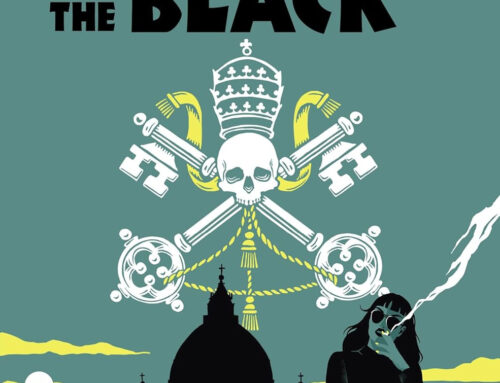



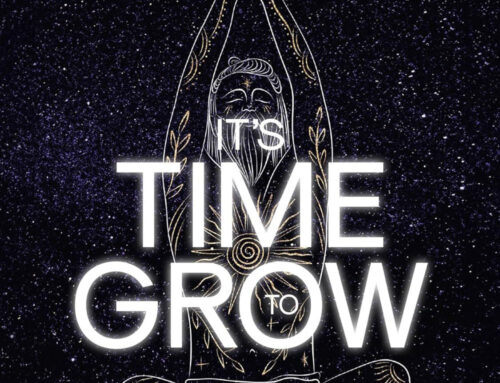
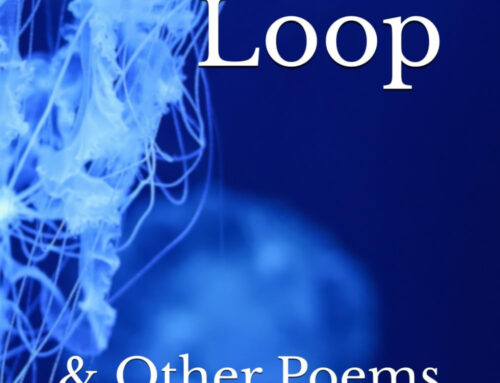





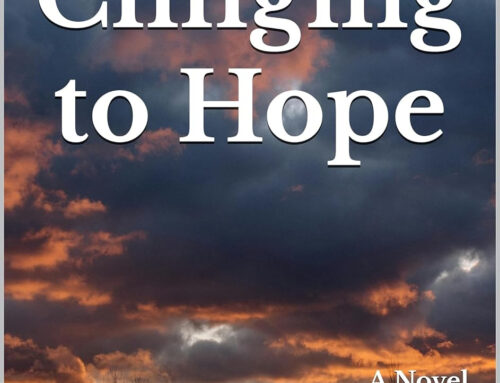



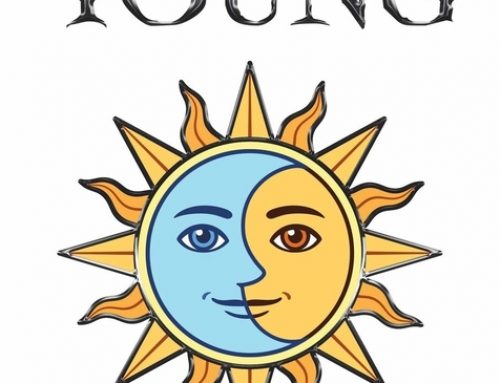



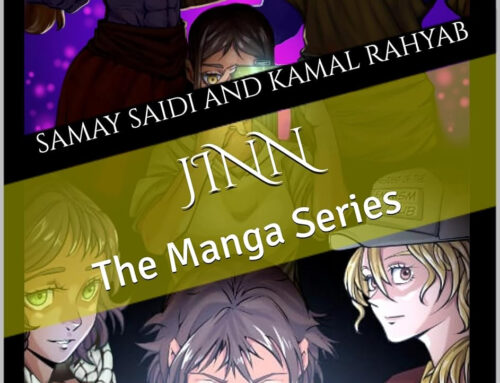
Leave A Comment